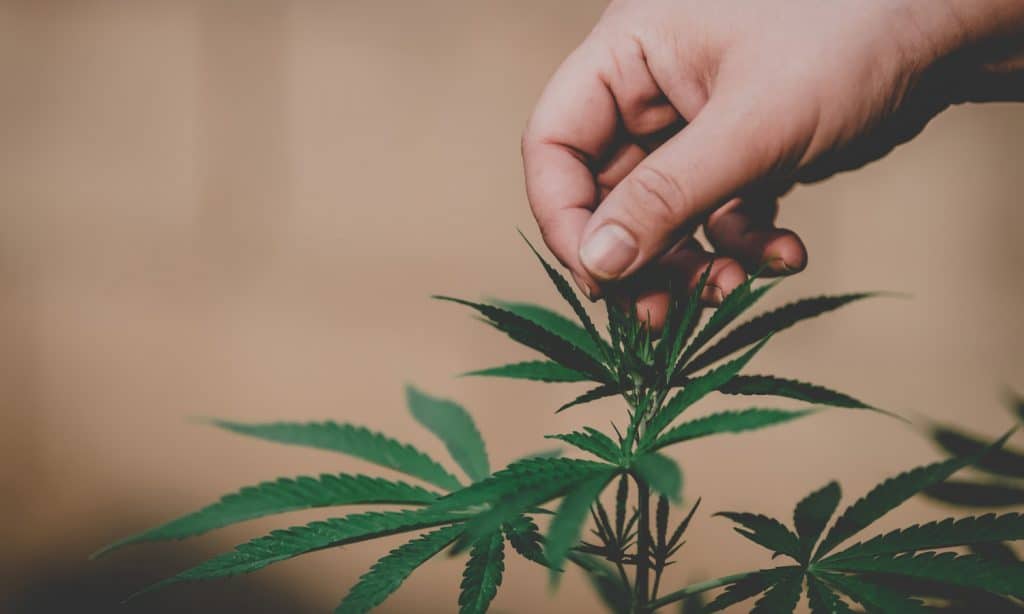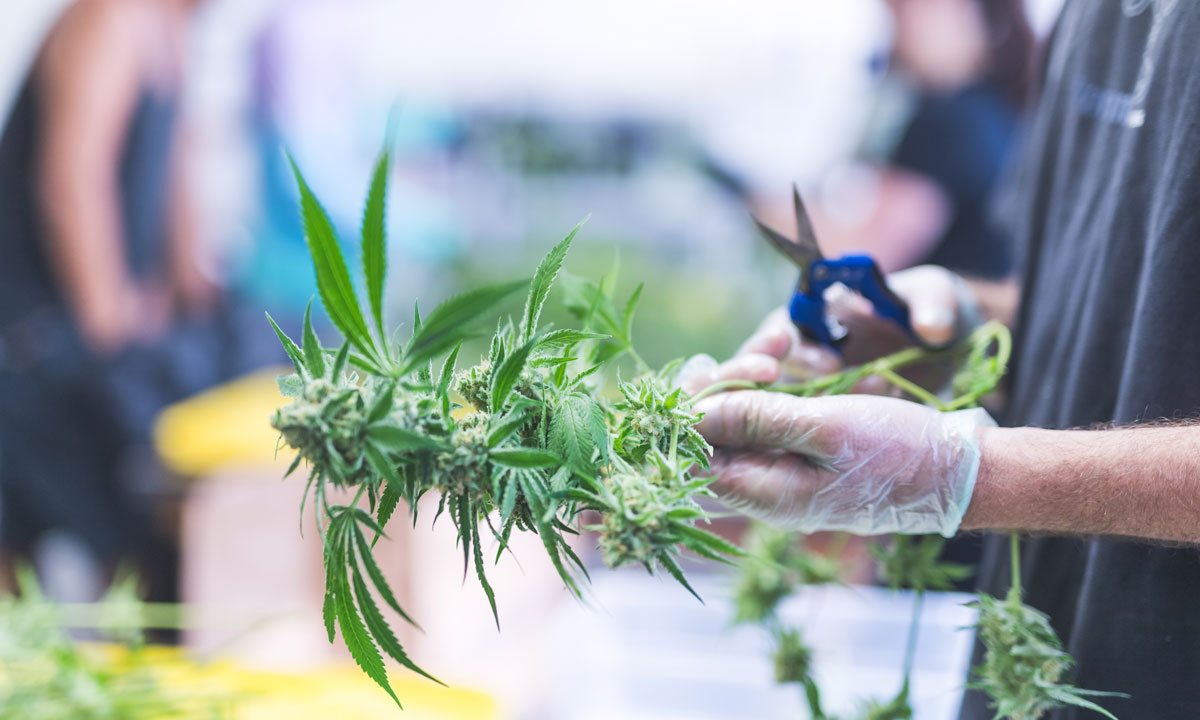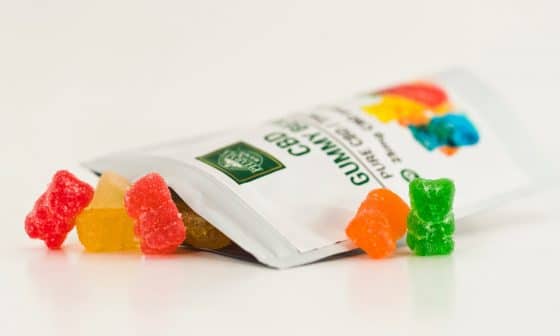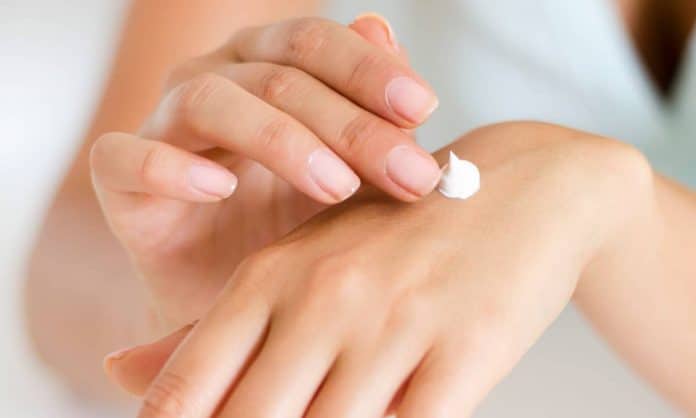The California Department of Pesticide Regulation (CDPR) approved the use of BotaniGard Maxx (pyrethrin + a fungicide, Beauveria bassiana) to control insect pests in hemp. Pyrethrins are broad-spectrum insecticides that are toxic to honey bees and other pollinators. Best Management Practices (BMPs) should be followed to reduce the risk of bee exposure to BotaniGard Maxx when producing hemp.
While most cultivated hemp are non-pollen producing female plants, seed feminization is never 100% true and males (picture at right) will be present in the field. Males shed a lot of pollen, making them attractive to native bees and honeybees.
How to Protect Bees when using BotaniGard Maxx in Hemp:
Rogue male plants before flowers open to avoid attracting bees. Male hemp plants are distinct and can be identified by walking the field. Females (left) have stigmas (that looks hairy and are sticky) at nodes between leaves while males (right) have stamens that look like round balls and are filled with pollen. Plants can be left to dry in the field if pulled before stamens are open but should be removed from the field if pollen is present.Use IPM (Integrated Pest Management) practices to manage pests. Scout fields for insect pests and damage and spray only when needed.Don’t spray when males are producing pollen and bees are active.If it is necessary to spray when males are present and producing pollen, or if you don’t know if males are present, reduce risk by only spraying when bees are not active (dawn, dusk, night.) This will reduce bee exposure but will not eliminate it. Pyrethrins can stay on the pollen and be transported back to the hive where they are harmful to bee larvae.Contact local beekeepers within a mile of the hemp field, 48 hours before application.Turn off spray booms at row edges to avoid drift or direct sprays to hives. If possible, apply BotaniGard by ground to minimize potential drift.Report suspected pesticide-related honey bee incidents to the county agricultural commissioner’s office as soon as possible.Always read and follow the pesticide label.Removing male plants can help reduce the chance of attracting bees into hemp where pyrehtoirds are being used.







